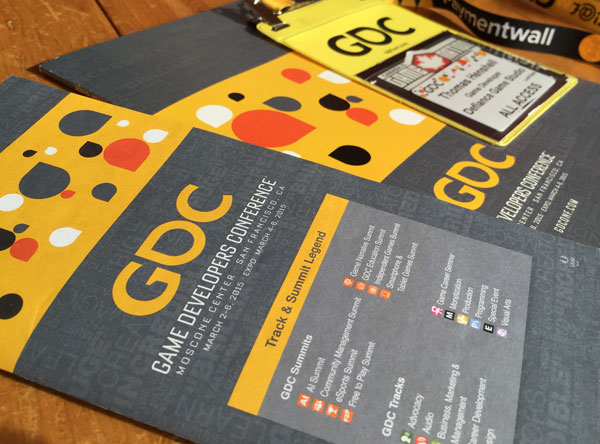It’s been a while since I’ve done an update and I just returned from GDC, so this is a good time.
First, in my silence I’m programming a lot, sometimes 12hrs a day, and the game is really coming together. As an artist I spend so much time trying to make the work of my hands be as good as the vision in my head. Aspects of Archmage Rises are beyond what I imagined a year ago when I started this project. It is very exciting!
It was my first GDC and I didn’t know what to expect from it. Besides the thrill of being in the same room as John Carmack listening to him talk about mobile VR, I would say the biggest thing I got out of GDC is the networking. I met some amazing people there and here is how it impacts Archmage:
- Archmage Rises is quite dependent on AI for the “living breathing world” to actually feel living and breathing. To that end I have hired a top AI developer who used to work at Blizzard and StoryBrick to join the team. I’m very excited about this and was a necessary step.
- I attended a full day workshop with a lead writer on many console and PC games. He used to work at LucasArts and I think the most famous game he wrote is Marvel Alliance 2. I hired him as a story consultant for Archmage.
- I connected with several senior game designers from big companies like SuperCell, Gearbox, and Firaxis. When the game is more ready, they are willing to evaluate it and provide feedback.
- I met a journalist who thinks there may be a story here. We’ll see!
And to end I will share the biggest lesson I learned from GDC.
I attended an all-day game design workshop (put on by many who worked at Looking Glass makers of Ultima Underworld and the original Thief). In it we went through several exercises based around the Mechanic Dynamic Aesthetic (MDA) model. Through that we took an existing card game, reskinned it, and attempted to make rule changes. After 2 hours of trying new rules and playtesting when time was up we didn’t have a single new rule that enchanced the game. Every rule change we tried only broke it. This was discouraging as we felt we wasted our time.
Then the teachers told us that this is how game design goes. It’s not a waste of time. Game design is like exploring a dungeon, we did achieve something: what paths not to take. And this is invaluable in finding the good rules that do enhance the game.
I found this very helpful because I see this playout on Archmage. I’ll add or change something only to see that it didn’t work as I thought and felt like I wasted a day. But I’m not, I’m one step closer to finding the change that will make it better!
SDG
